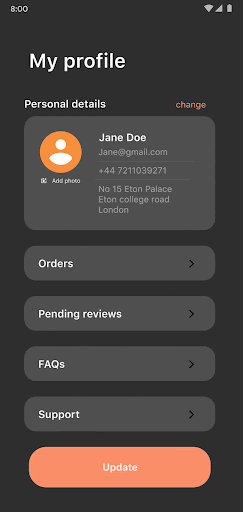Use MakeMKV. It is really good. It will give you files to work with, and automatically extract all good ones.
Then use Handbrake. You may also directly use handbrake, I dont know I used a total Potato (intel core duo) for the first step, no chance for encoding.
I literally just did that. DVDs have pretty uncompressed video, like an old movie is 8GB or bigger.
Have a look at the back cover of the DVD, mine had "PAL" written on it.
Recommended settings if you only want to use it with VLC or MPV, not strange media players.
- container: use mkv. It is free, works very well and has a funny name.
- video: AV1 (it is completely free and really good for the future. For better support use h264, but it is not as good)
- resolution: 570p or something, PAL
- compression rate: 25
- FPS: 22 or something, PAL
- audio: AAC or opus, AAC is the default
- bitrate 128kb/s for crappy movies, 160kb/s and up for music. But using more than the original DVD has makes no sense.
- make sure to add all tracks
- subtitles: also make sure to add all of them
Save these settings as custom preset "PAL DVDs"
Then run it. If you have multiple files from makemkv, you can "open directory" in handbrake, and then under "queue" "add multiple ones to queue" and select all of them. Make sure to have the preset chosen, and run.
I literally encoded all my DVDs with 720p, artificially increasing the size. I am not redoing everything, my laptop is heating for 50h or so. Working well but damn that takes time.
If the videos have grain, you may want to apply a grain filter. Grain is hard to compress, as it is random noise all over the place.
Like in JPG image compression, pictures are converted to areas of the same color, like this:

If you have grain, noise, in videos, the images cannot be compressed that well and the size can be double. So if it works well, use that to decrease the video size.
Jpeg, aac, opus, AV1 are all "lossy" so they will remove information that cannot be gotten back. Unlike zip for example, or jpeg-xl (JXL) for images, or FLAC for Audio.
But encoding something that is lossy, in a lossless format, makes no sense.
You can increase the size of a lossy encoded video, by re-encoding with better presets. Without adding any real information.
So test the presets first, and if you are unhappy, run them again but on the original files.
With the correct settings I got a 6GB movie down to 600MB or less, without notable data loss.



Funny. True, on superstable but also super unstable systems, having separated apps makes most sense.
Not actually on "immutable" rpm-ostree systems, as these have the best and most solid package management.
So actually when people say "these immutable systems, you just use Flatpaks", actually on the regular systems you should mainly use Flatpaks.